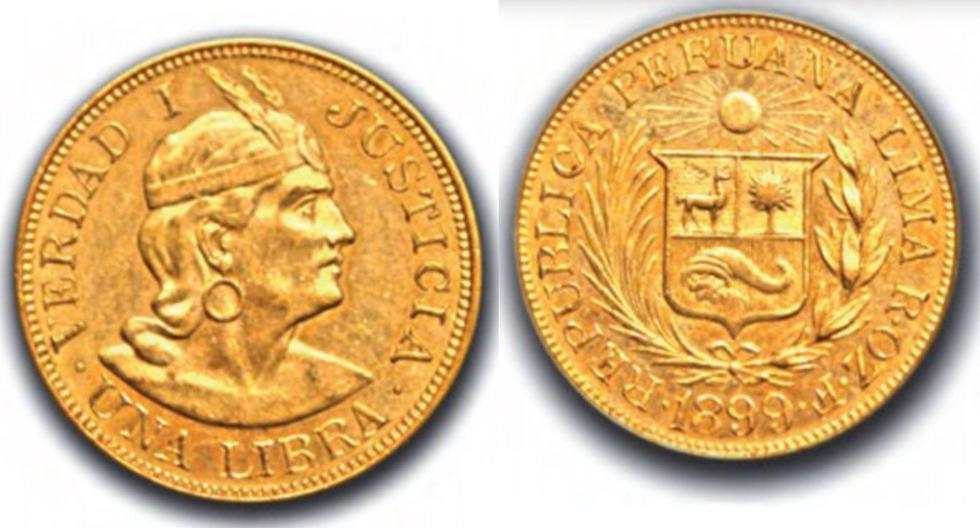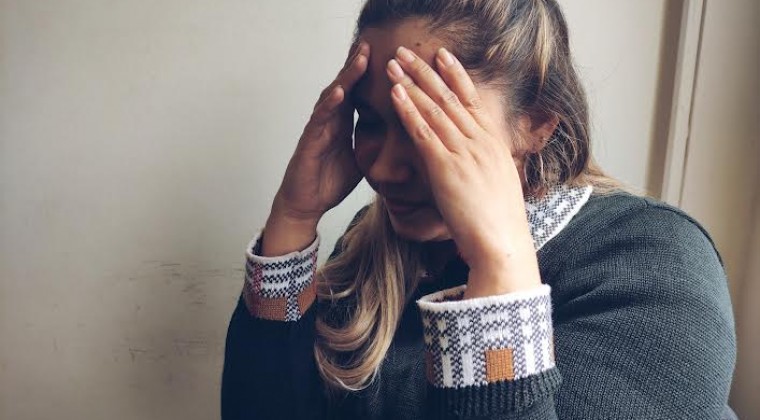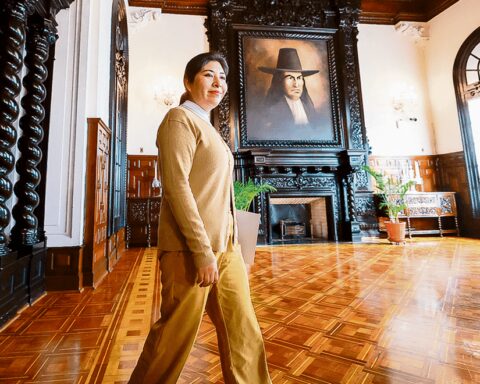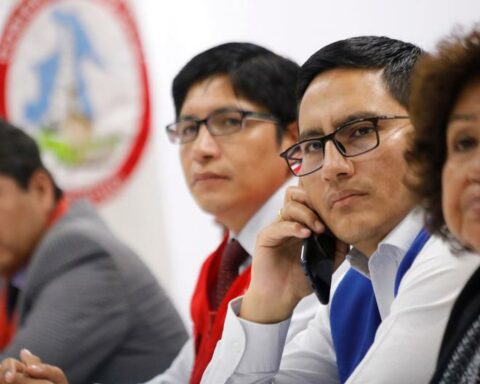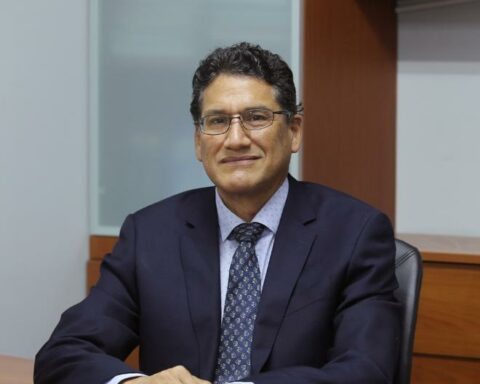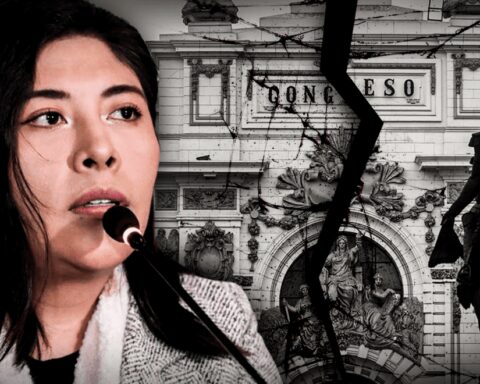Since the Lima Mint was created in 1565 to mint the first coinsit was understood in the Peruvian colonial society how vital the “means of exchange” were for the country’s economy.
The Spaniards brought their gold and silver coins to Peru, but a greater monetary circulation was required. The silver coin was the colonial pattern (the Mint would produce reales and then pesos) and would remain so until well into the Republic (19th century).
READ ALSO: These are the coins with a great value in Peru and that you could have in your home
In the mid-eighteenth century, the Mint markedly improved the quality of coins with the help of modern machines. The real remained firm in the convulsive times of the independence and a few more decades.
The historian Dionisio de Haro Romero explains in his studySilver and war in Peru. The Lima Mint in times of the independence1808-1830”, published in the collective book “History of currency in Peru” (BCR, 2020), the unsuccessful attempt of the liberator Jose de San Martin for imposing paper money in Peru to replace the silver.
The silver It was a commodity that was in short supply. Exchange housedue to a simple reason: the mines were controlled by the Spanish people and the miners themselves felt more allied with the viceroy than with the independence patriots.
In this way, the first republican years saw a royal silver somewhat weakened by infighting (civil wars), until after a few decades, and already stable the republican regimePeru was able to experience a certain monetary stability, after the end of the colonial currency, that is, of the real and the peso, to turn republican to the SWl.
:quality(75)/cloudfront-us-east-1.images.arcpublishing.com/elcomercio/WUYMDCGRQBHM3AQ6LOFEX2SZXA.jpg)
The sunas a matter of principle, should be coined in Prayed Y silver (it was managed to do it in gold in 1863), but the difficulties in obtaining raw material determined that it only circulated in silver. In this way, the paper money would take advantage in Peru.
But the paper currency would devalue more and more over the years and, after the Pacific War (1879-1883), the Peruvian State had to return to silver coin (silver sun) to recover physical backup.
the historian tells Charles Contrerasin the aforementioned book, that we barely returned to money after the war with Chile, “this unfortunately returned to be devalued in the world market” (p. 16).
:quality(75)/cloudfront-us-east-1.images.arcpublishing.com/elcomercio/ONNHMHZFQFBRFBSEUETEQFZEZE.jpg)
Years later, in 1897during the second government of the dictator Nicolas de Pierolait was established gold standard for our currency and created the peruvian pound.
Contreras says: “As we did not have a gold coin in circulation, the Peruvian pound was created, under the equivalence of ten silver soles”. Thus, we insert ourselves into the World economy facing the twentieth century.

